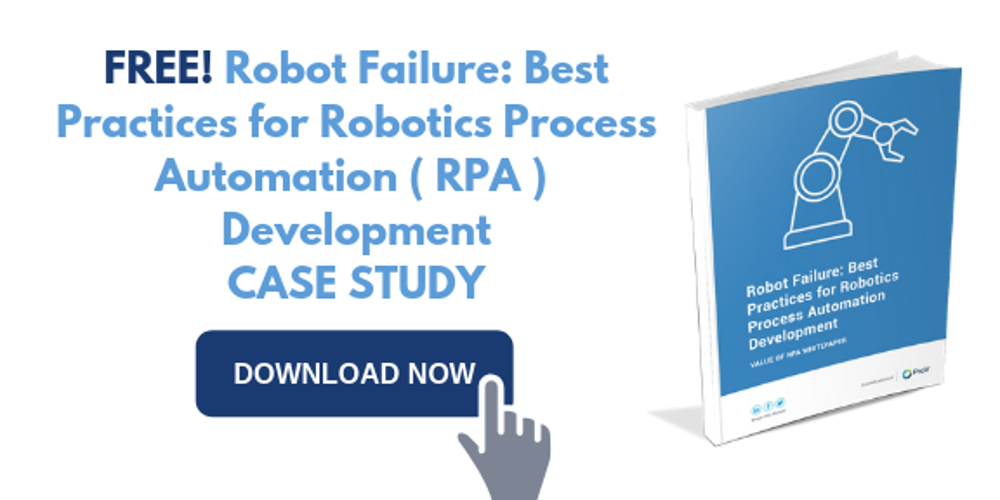Thinking about taking the plunge with RPA, but uncertain where you should even begin? Watch our quick video or read the blog below.
Robotic Process Automation (RPA) is one of the hottest sectors in tech today. Gartner believes that the industry could reach 1.3 billion dollars by the end of this year, and McKinsey believes that by 2030 over 70% of companies would have automated their processes to some degree. Make sure that your company doesn’t get left behind in the coming technology revolution and invest in RPA today!
What exactly is RPA?
RPA is a rules-based technology aimed at automating tedious repetitive activities, like those commonly found in back offices. This can have a massive impact on an organization as processes that were once outsourced can be brought back in-house using digital robots, which increases security while reducing costs. RPA bots are fully customizable and can have compliance features built into them, completely reducing the risk of non-compliant activities. Also, because RPA robots are just software code, they never make mistakes.
It is often said that RPA is easy to configure and a perfect way for companies to start their digital transformation since it does not require a massive change in a company’s systems. However, many RPA implementations fail, not because of some inherent fault in the technology, but because many organizations underestimate what is needed to ensure a successful RPA implementation. So, here is a guide on How to get started with Robot Process Automation:
1. Find Tasks that are Suitable for RPA.
To be suitable for automation a task must meet certain key criteria, namely:
- It must be highly manual and repetitive.
- The workflow cannot be fragmented. There should be very little changing of hands.
- It should have a standard procedure ( a recipe).
- It should have high-volume.
- The input for the process should be digital and fairly uniform.
- It should be a process that will not likely change anytime soon.
- It should not require any human decision making.
If the process meets all these criteria it is suitable for RPA and will likely lead to great cost savings and efficiency increases.
2. Involve people from all across the organization.
It is important that all the decisions regarding the RPA implementation are not made at the executive level. It is critical that people from all areas of the business be involved so that there is not a massive resistance to the changes that will take place. Don’t involve just IT, but also the functional areas of the business that will be impacted by the implementation. If you consult with them not only will the implementation be more effective because it will incorporate suggestions from the people who will actually be interacting with it, but there will be less employee resistance to the change.
3. Consider if the task is actually worth automating.
Is the required investment going to result in significant enough cost savings and improvements in productivity to be warranted? Some businesses automate tasks but fail to analyze the potential returns of investment from their implementations and are left with implementations that do not deliver value for money. Always ensure that your implementations will deliver returns on investment.
Why ProV?
If you are still not sure about how to go about choosing a vendor, which processes are suitable for automation, who in the company should be consulted or if the project makes economic sense turn to us. An RPA implementation can quickly overwhelm even the largest of businesses and if it all seems overwhelming to you turn to a Managed Services Provider like us to handle your RPA strategy, RPA Proof of Value, RPA Business Case Development, RPA Production Rollout, RPA Implementation, and RPA Managed Services. Request our Free Consultation today!

